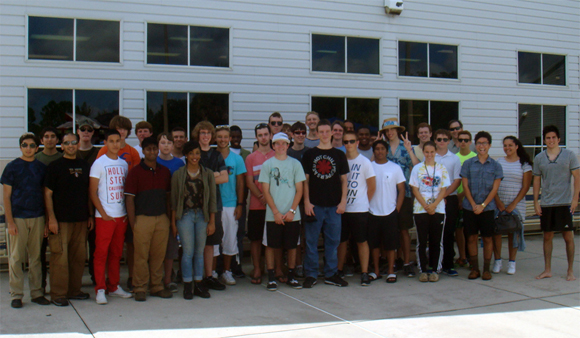
Team Status 2014
US Army PEO STRI High School Engineering Internship
-
Preparing for the Internship:
We are starting the coordination for the 2014 Summer Internship (June - Aug). We will have 6 planned engineering sessions. The focus is on STEM Competency. UCF-IST will be facilitating the lab space for our internship. -
We will be meeting at Partnership III building in room 233.
-
The schedule of the engineering sessions:
-
Mondays 8:00 AM to 12:00 Noon
June 9 June 16 June 23 July 14 (Rocketry) July 21 July 28 (make-up session) Aug 4 (final testing) - NOW Tue Aug 5We will have both new incoming students and some returning students this summer. Our ultimate goal with the students is to develop an underwater robot that is cost efficient.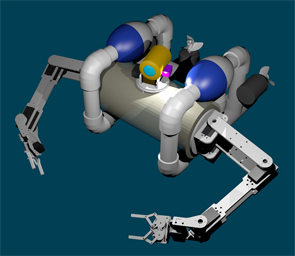 "Super Wireless SeaPerch"
"Super Wireless SeaPerch"
-
We have a lot of lessons learned from last year, that we will develop upon. This summer we plan on expanding our internship curriculum to add further detail work in microcontrollers.
-
During the year we have been working on the concept wireless contol and robot arm to be attached to the "Super Wireless SeaPerch". The YouTube video below shows our test work with the robot arm. We used the Arduino board for the feasibility test. This summer we plan on implementing the arms using Arduino microcontroller and XBee RF control. Plans for this summer also include Video camera integration.
-
Mon June 9 2014 : Internship orientation
The engineering student all did an awesome job!
This summer we have 33 students that signed up for our internship.
We had 32 students attend the first engineering session at the UCF-IST facility on June 9. The students in attendance were divided into 6 teams. - Mentoring Presentation -Brain
-
Following introductions, we conducted our orientation. The students were provided an overview of the internship and the expectations.
-
We then took part in the Tower of Power activity that focused on learning the Engineering Design Process. A Safety Brief was presented and the students were given instructions and practiced soldering.
-
The student also took the Multi-tasking test. The test is designed to show if the brain is truly capable of multi-tasking or does it only jump from task to task based on the time-based patterns needed to attend and complete the task properly.
The results showed the students that the brain is not designed to multi-task. -
-
-
Home Work:
The students will start planning for the SeaPerch design.
Develop the CAD model in any application they are comfortable using.
Students are tasked to get familiar with the Arduino IDE.
The teams will start building of their SeaPerch during the next session. -
Mon June 16 2014 : SeaPerch ROV
The student received their SeaPerch ROV kits today and were tasked to build them.
-
-
Home Work:
Students are tasked to get familiar with the Arduino IDE. -
Please bring in your laptops and Arduino (if you have them). The Arduino IDE must be ready to go first thing Monday !
The teams will be getting their Arduino cards during the next engineering session. -
-
Mon June 23 2014 : Arduino Programming
The engineering student all did an awesome job programming the Arduino Microcontroller !
-
During the engineering session we went over the content presented as part of YouTube tutorial series for Arduino by Jeremy Blum. http://www.youtube.com/watch?v=fCxzA9_kg6s
- Arduino code and the Terminal software zip file
-
The student teams are all completed regarding the building of their Sea Perch.
-
Home Work:
Students are tasked to complete their SeaPerch and Buoy.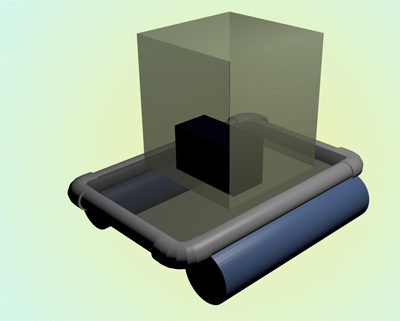
-
Please bring in your completed SeaPerch and Buoy. The Buoy must be able to house and protect (waterproof) the SeaPerch Battery and the control electronics (arduino). Any team that does not have their work complete on 14 July will fail the internship and be sent home.
-
I will be available Mon 7 July. This is not a mandatory engineering session. I noticed some students were struggling with the programming tasks. This will be a good opportunity to get a better understanding of the subject matter. This will also be a great opportunity to refine you expectation and completion of your home-work assignment.
-
We will also have our Rocketry and Aviation engineering session this July 14th. During the engineering session the students will completed simulation on the Rocketry applet:
You can download the .zip file from
http://www.grc.nasa.gov/WWW/K-12/rocket/rktsim.html
Click on the yellow "DOWNLOAD APPLET" button.
-
Mon July 7 2014 : Arduino Programming and Buoy Construction
- During this extra engineering session we went over the content presented as part of YouTube tutorial series for Arduino by Jeremy Blum.
- The two teams that participated in this opertunity refined their Buoy design construction. They also conducted initial testing of their Buoy design.
|
|
|
-
Mon July 14 2014 : Rocketry and Aviation
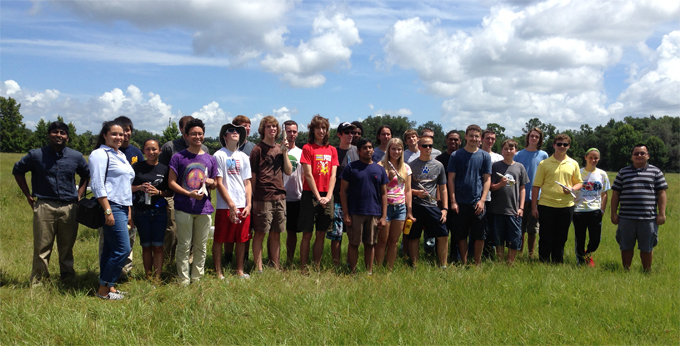
-
Dr Randy Allen and Mr Walter Legan both conducted a great overview of Rocketry and Aviation. The AIAA members (Mai Le and her team) helped the internship teams construct the model rockets. Then around 10:40 AM we caravanned over to the rocket launch site http://www.r-o-c-k.org/launches/launch-site/
-
We had contacted the R.O.C.K. section about holding a launch for our internship and we successfully launched Twenty Estes Alpha Rocket flights using A8-3 engines.
Bracha and Roger Smith, Sandy and Dave Ribakoff and Chris Michielssen coordinated and managed the rocket launch events. They were very kind, provided awesome guidance and instructions and coordinated the event in excellence.
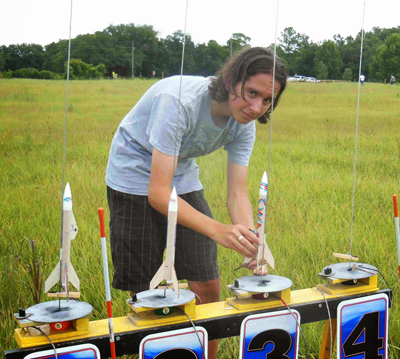 |
|
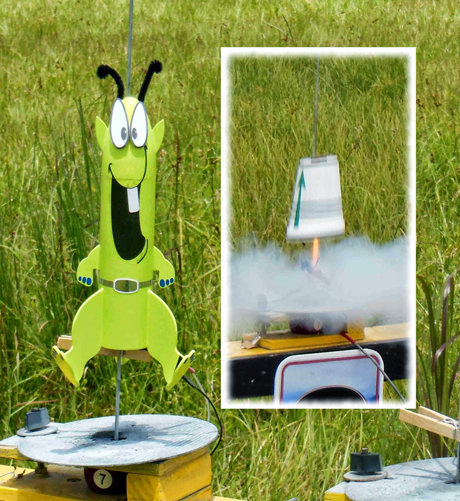 |
-
The field was wet and swampy, but spirits were high. The single bank of four launchers looked like this for most of the session, lots of Estes Alphas.
-
Here, Chris from Winter Park High School connects up the micro clips.
-
Nate from Wekiva High School shows the correct stance and how to carry a rocket to the launch site. All flights were successful with just a few melted parachutes.
Drone Video by Mr. Roger Smith
Please check out their web site for information and pictures and video of the day. http://www.orlandorocketry.com/ (Drone Video of our launch ) http://modelrocketbuilding.blogspot.com/ (great write up and pictures)
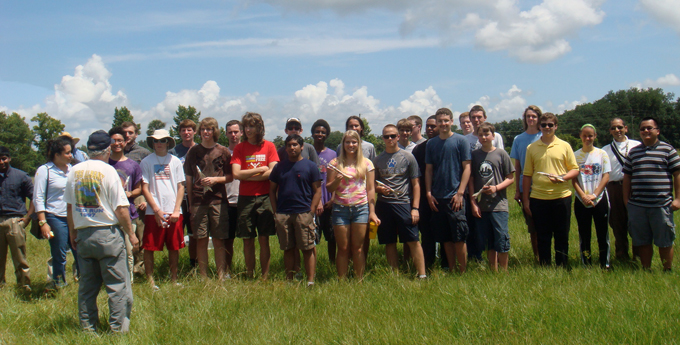
-
Mon July 21 2014 : Arduino Wireless Control
-
All the students started their SeaPerch and Buoy wireless control integration. The Buoy are being designed to be able to house and protect (waterproof) the SeaPerch Battery and the control electronics (arduino).
-
The six teams are now combined to 3 final verification and integration teams.
-
The teams are:
-
Waffle Prime and The Organization
-
Team 3 and Self-Made Design
-
Dream Team and Mustangs
-
Home Work:
-
All the students are expected to attend the 28 July Engineering Session.
-
For 28 July Engineering Session: Complete your SeaPerch and Buoy wireless control integration. The Buoy must be able to house and protect (waterproof) the SeaPerch Battery and the control electronics (arduino). We will be testing the wireless control electronics to the SeaPerch-Buoy.
-
Final Test on Tue 5 Aug: We will meet for the engineering session first. Then caravan over to the YMCA for testing.
-
Tue 5 Aug July 21 2014 : Final Test at YMCA Pool
-
The Final Test was exciting!
-
We conducted final pre-test of the wireless SeaPerch controls. Even with a successful pre-test we encountered some issues with verification in the pool.
-
2 out 3 wireless SeaPerch projects were successful
-
Based on initial analysis, most of the issues were caused by arching of exposed wire or shorts caused by water intrusion.
-
ALL Students successfully completed the Engineering Internship and will be receiving their Certificate and 75 internship/community service hours.
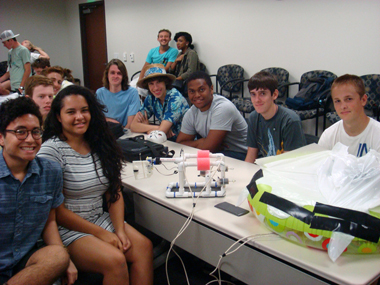
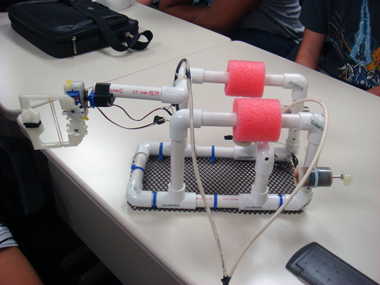 |
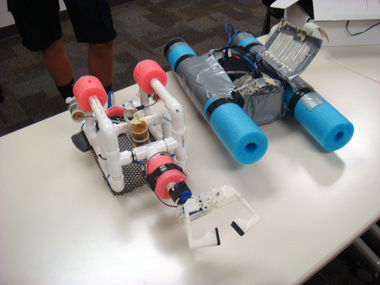 |
